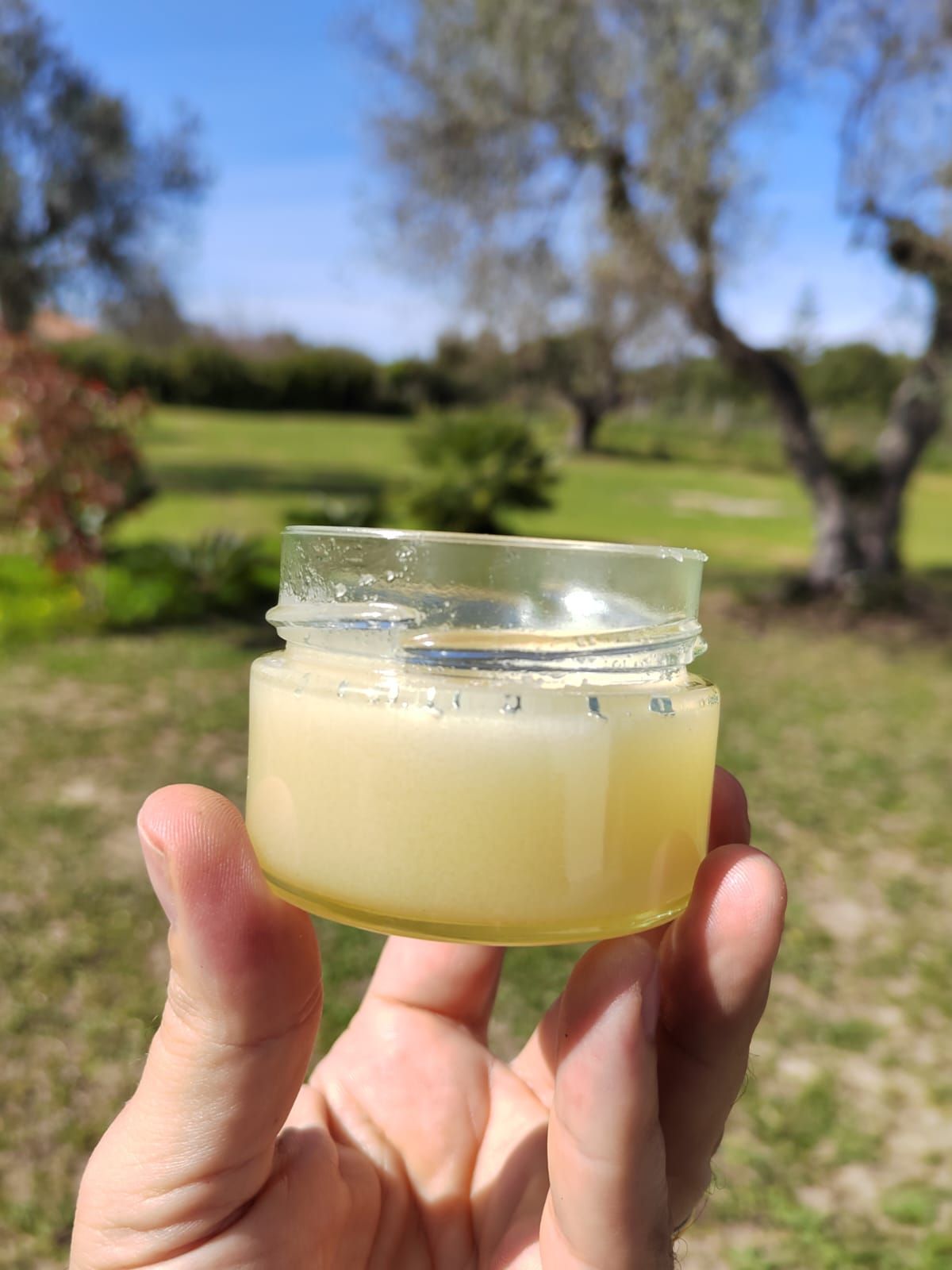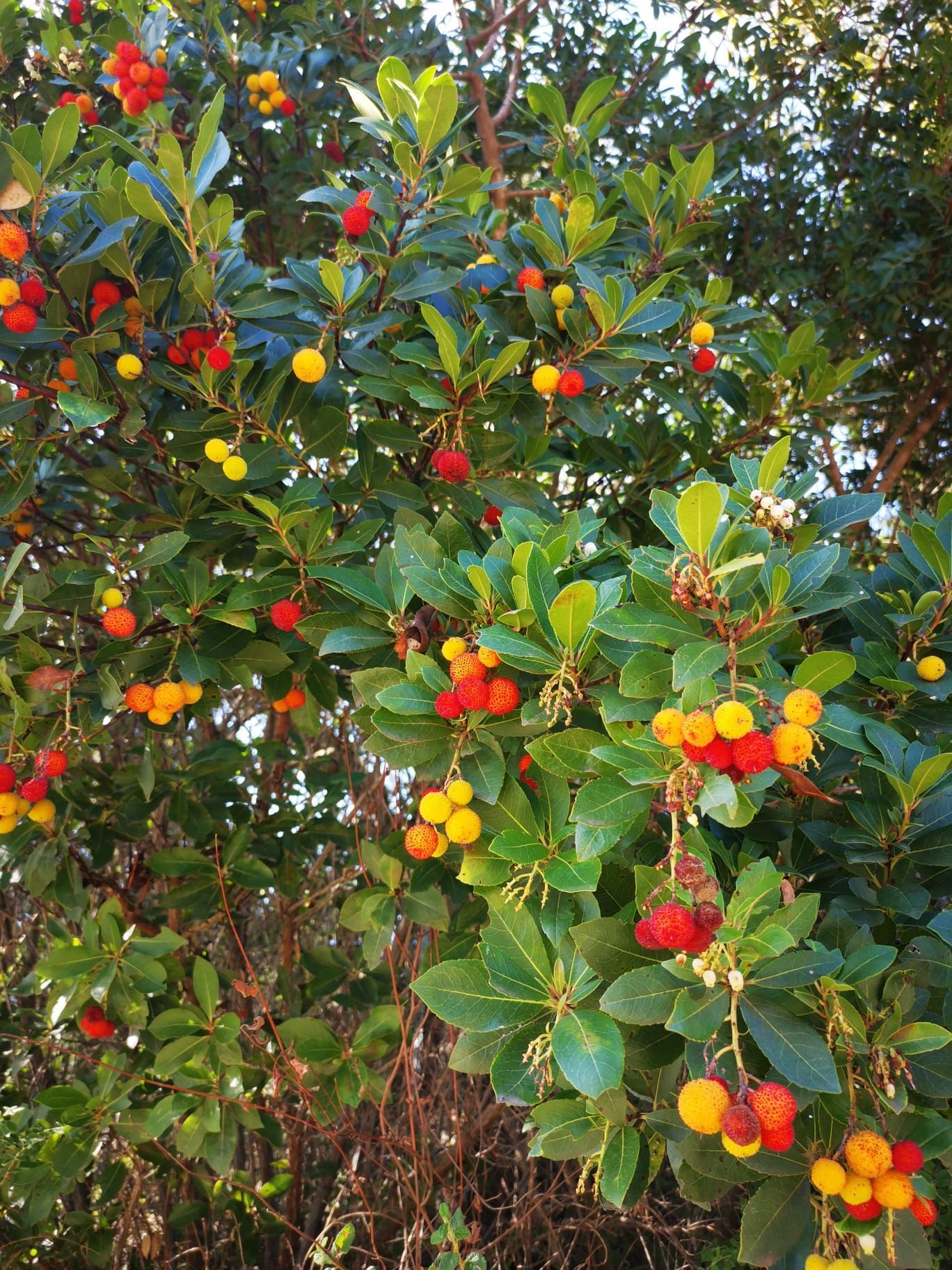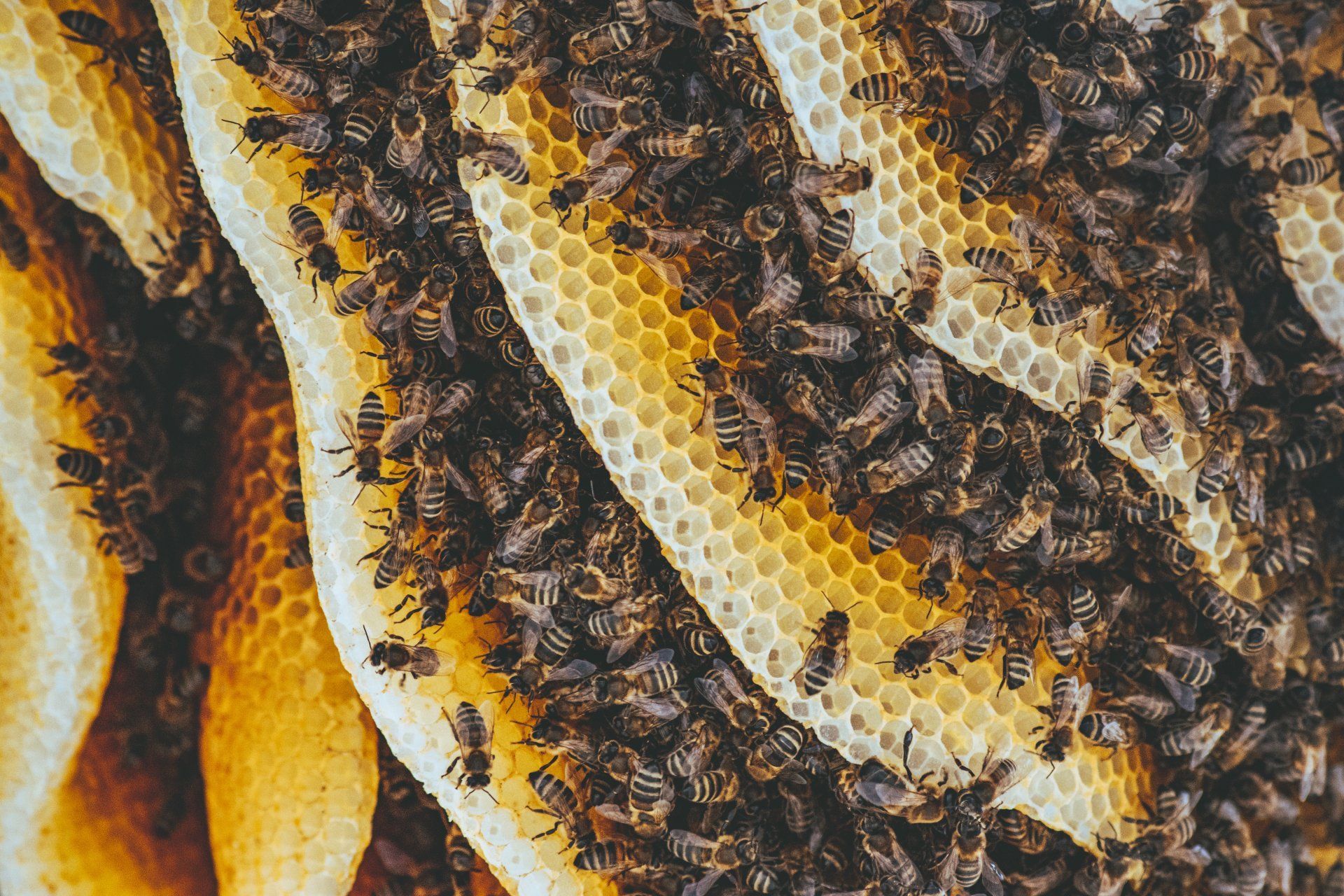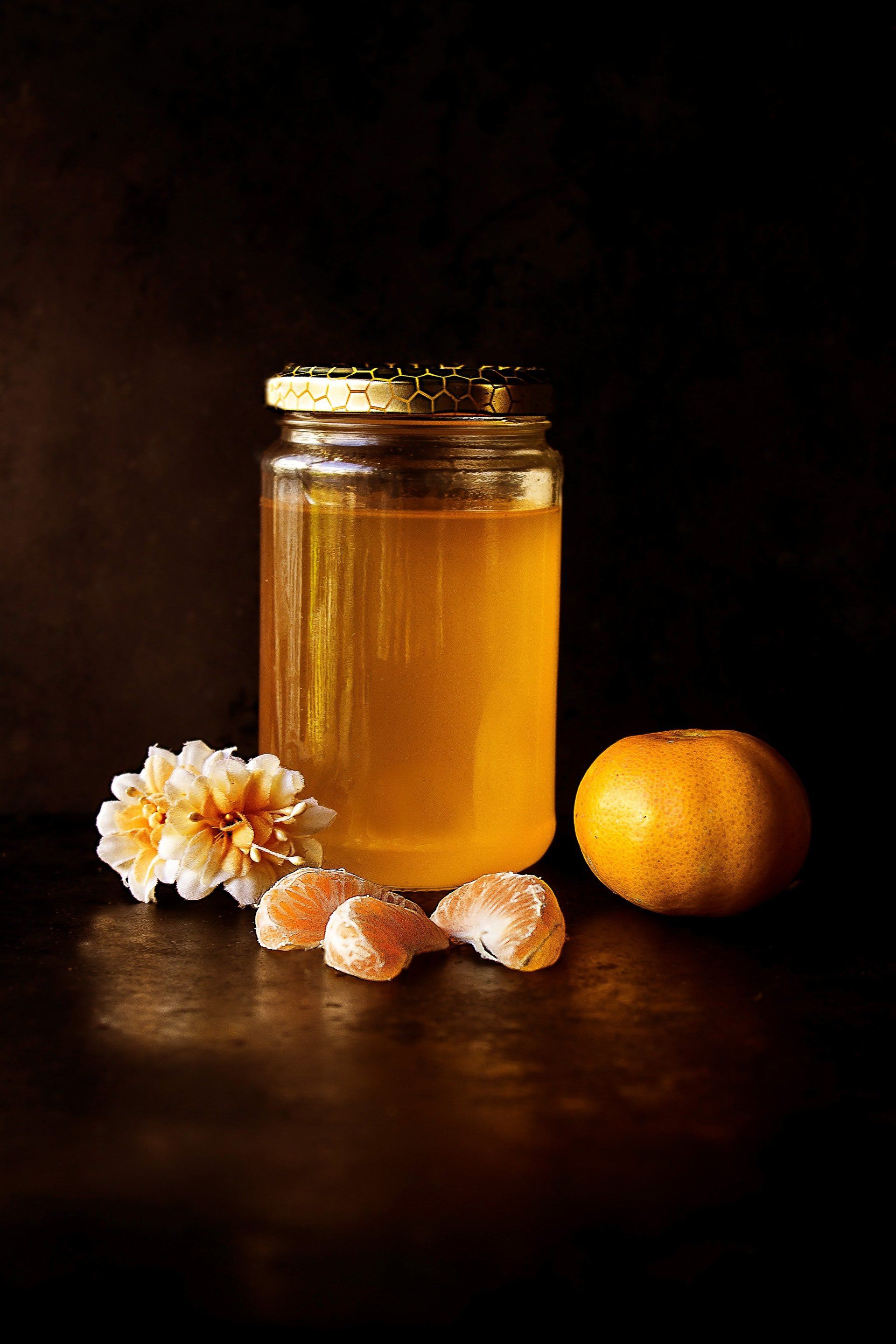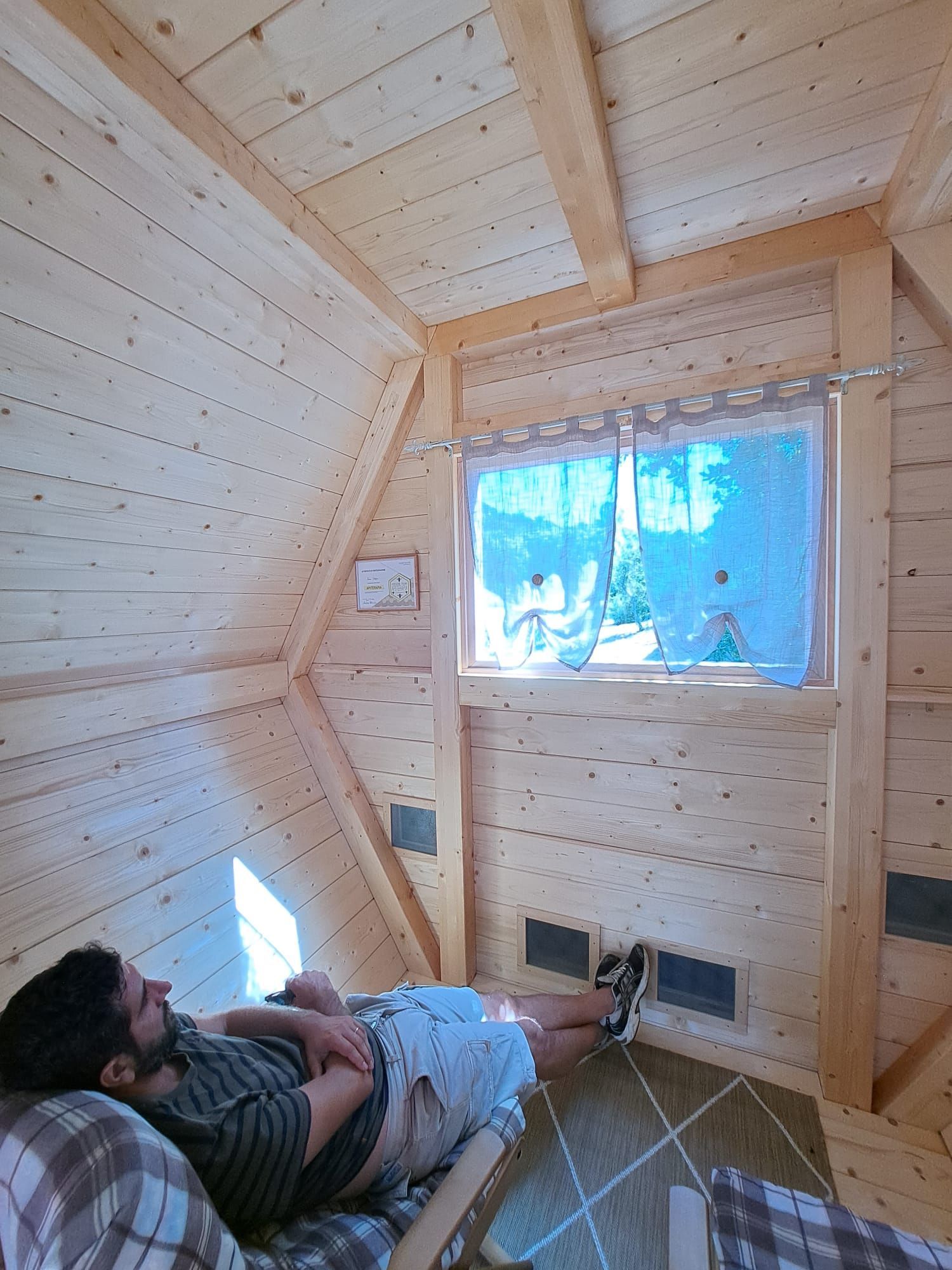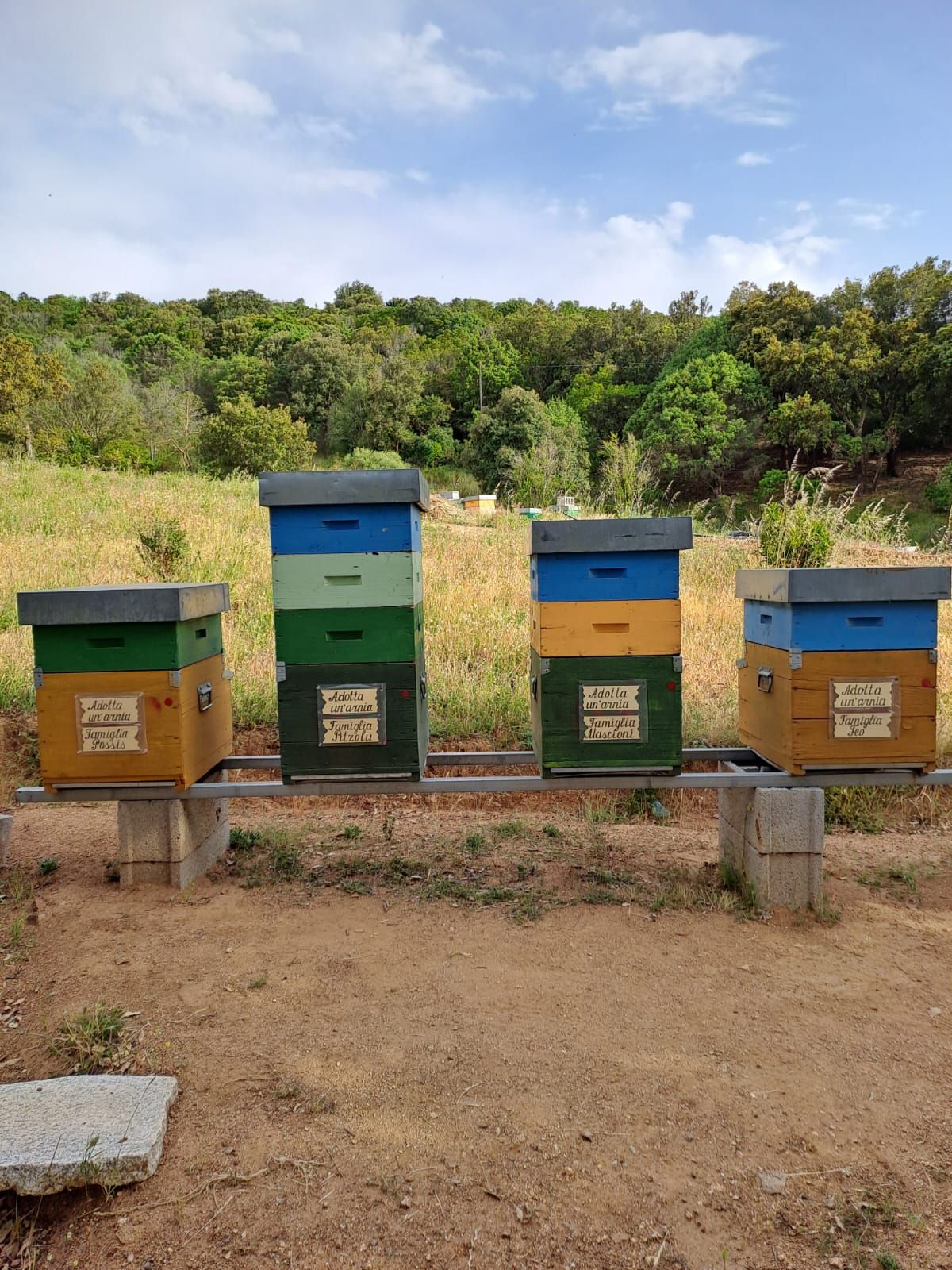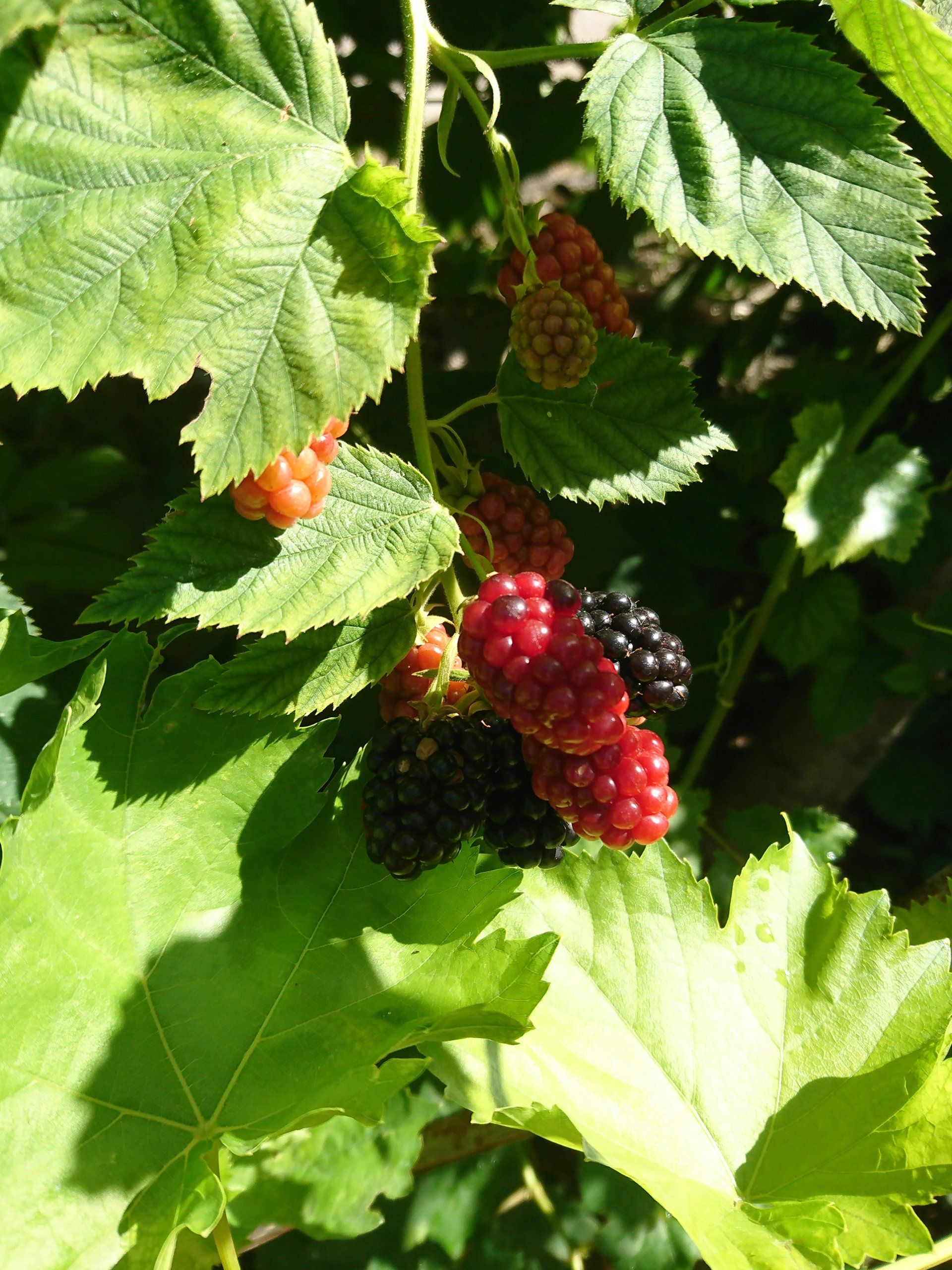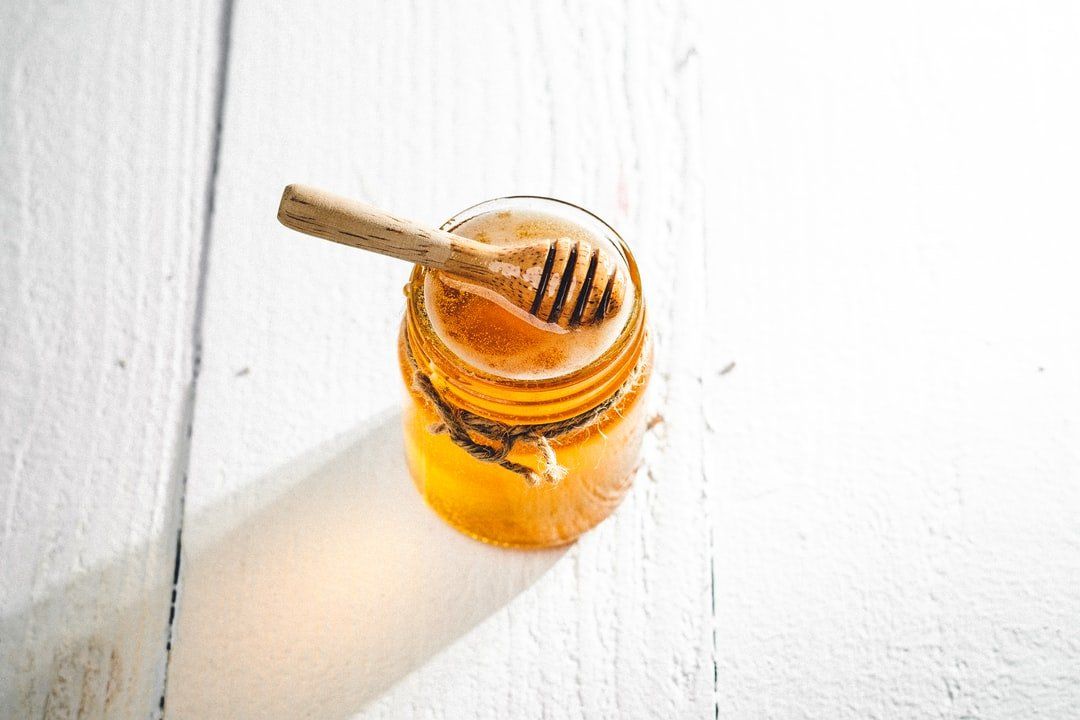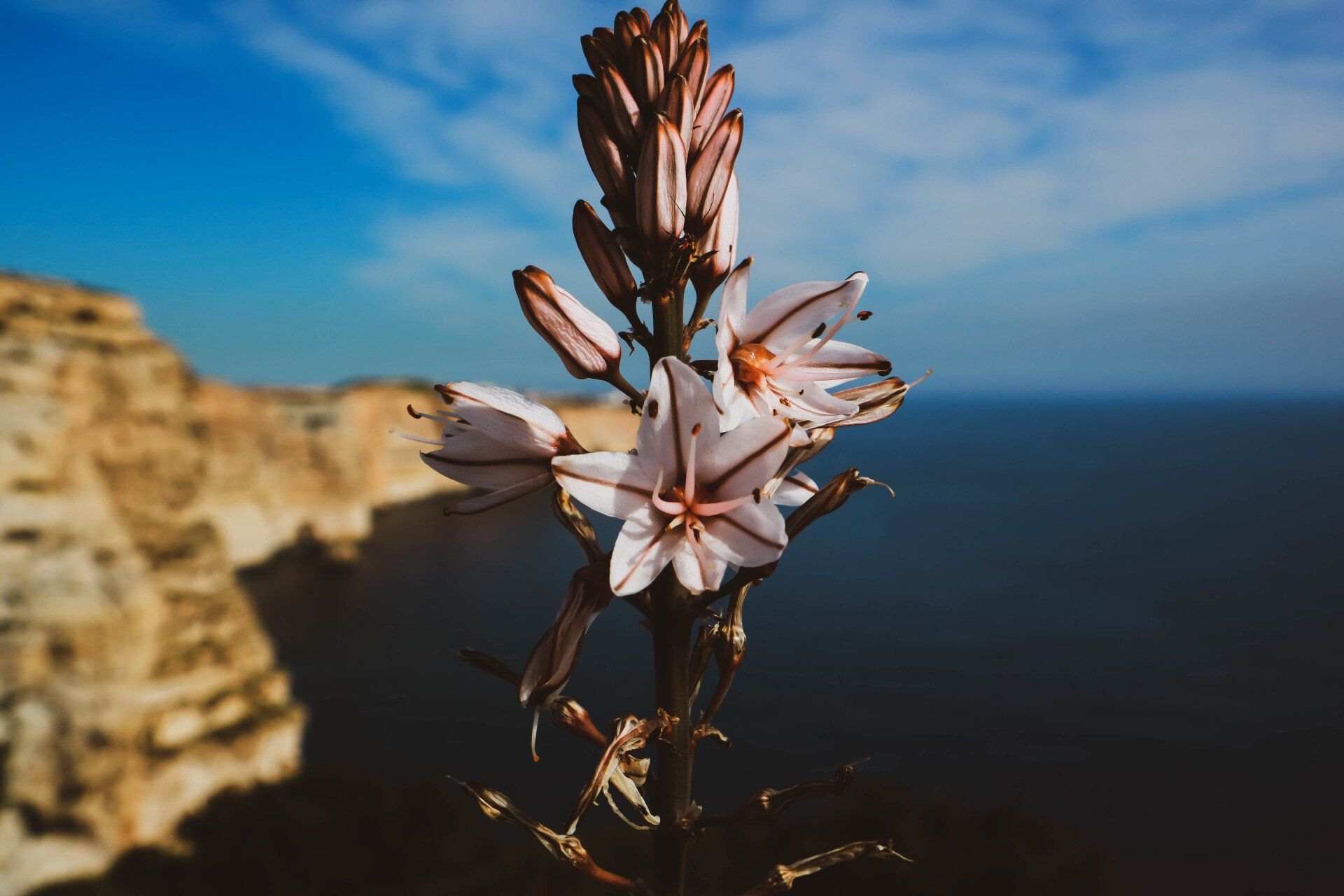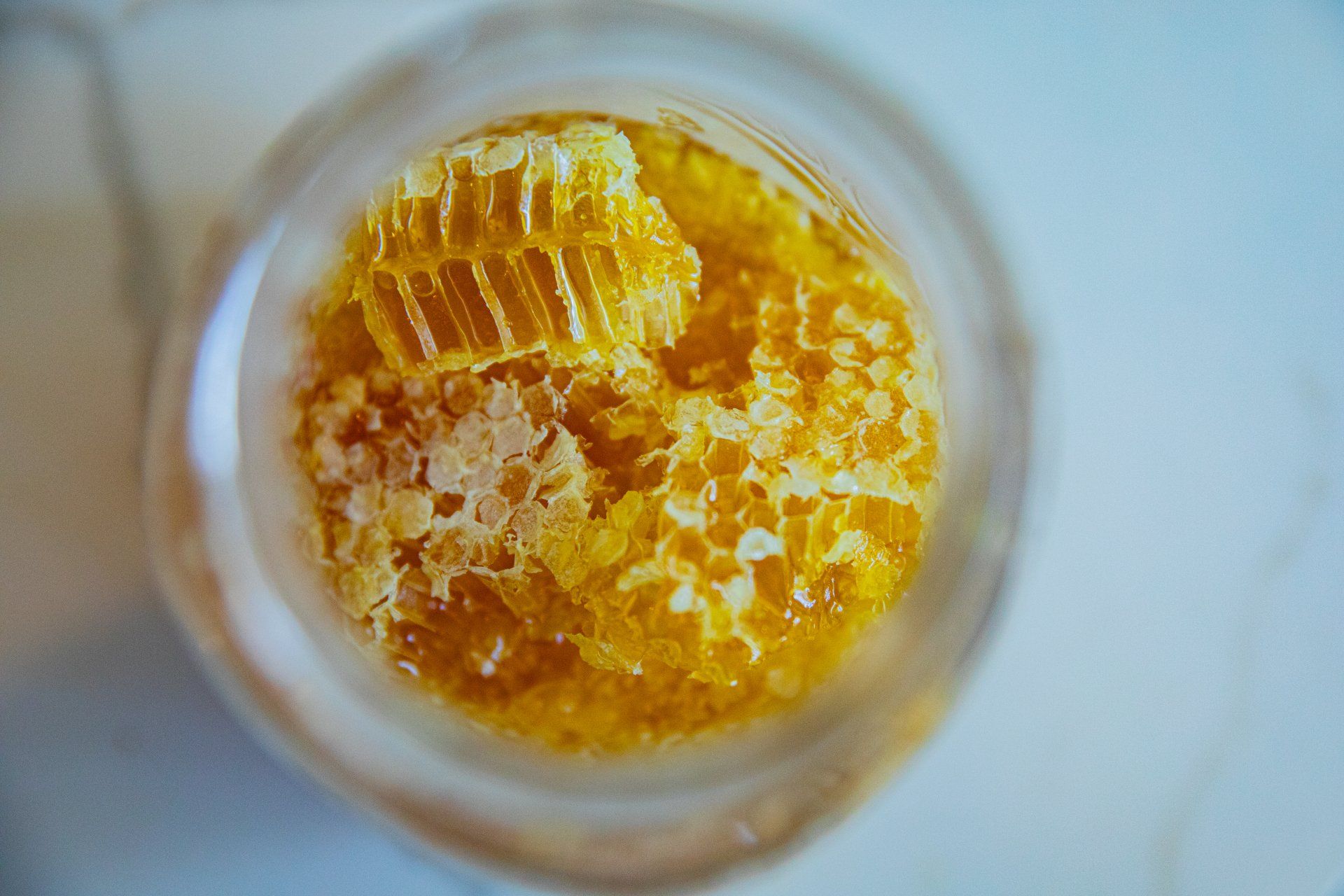Honey - a sweet (or bitter) secret for longevity
Blue zones, a common path to longevity..and honey can play its role!

Honey—A Sweet Secret to Longevity
Honey isn’t just sweet and tasty. It’s been used for centuries in traditional medicine for its antioxidants and its anti-microbial and anti-inflammatory properties.
Honey is produced everywhere honey bees are found and is consumed in all parts of the world. In Ikaria, Greece, one of the original blue zones that are home to the world’s longest-living people, many older residents eat honey at least twice a day. They stir it into their coffee in the morning and prior to dinner. Ikarians also use honey to treat everything from the common cold to minor wounds.
According to the Mayo Clinic, honey is commonly used as a cough suppressant and topically to treat minor burns and wounds, but research also shows that it has the potential to be used to reduce the risk of cardiovascular disease, to relieve gastrointestinal tract issues, and to help relieve neurological conditions such as depression and anxiety.
An article based on clinical research published in the Pharmacognosy Research Journal concluded that “honey could be considered as a natural therapeutic agent for various medicinal purposes” with evidence that it has potential uses in treating diseases that range from asthma and diabetes to cancer. The NCBI said that flavonoids and polyphenols, which both behave like antioxidants, are two of the main bioactive molecules found in honey.
...honey could be considered as a natural therapeutic agent for various medicinal purposes.
How do bees make honey and what’s in it?
Different species of honey bees and stingless bees make honey that varies in color, odor, and flavor. The Western Honey Bee, also called the European Honey Bee, is the common species of honey bee found throughout the U.S. and Canada.
Honey is unique because it is the only food that people eat that’s made entirely by insects. You might say it’s their life’s work. According to the American Bee Journal, the average honey bee spends its entire lifetime to make just a twelfth of a teaspoon of honey.
Honey is unique because it is the only food that people eat that’s made entirely by insects.
A bee produces honey by first collecting the nectar droplets from flowers with its long proboscis or tongue. Once digested by the bee, the nectar is broken down from complex to simple sugars, and then the substance is passed on to a worker bee that returns to the colony and passes it off again to a house bee that packs it away in the hexagon-shaped cells of the honeycomb. Bees then dry the honey with a warm breeze made from their beating wings.
Honey has about the same calories as table sugar and is about 80% sugar and the rest water, with small amounts of antioxidants, amino acids, vitamins, minerals, iron, and zinc.
How to use honey
A natural gluten-free sweetener that has a slightly lower glycemic index than processed sugar, honey is an excellent substitute for sugar in recipes. It’s also great to keep on hand for sweetening drinks and food. Honey is a versatile kitchen staple so feel free to get creative when using it. Below are just a few examples of delicious ways to use honey in your kitchen.
- Add honey to hot drinks like tea and coffee instead of sugar.
- Drizzle on (n)ice cream and other sweet treats for extra sweetness and flavor.
- Lightly toss root vegetables with honey, then sprinkle with your favorite herbs before roasting them in the oven.
- Coat raw nuts in honey and then toast them in the oven for protein snacks that also treat your sweet tooth.
- Instead of your normal peanut butter and jelly sandwich, try peanut butter and honey on your favorite whole grain bread for a meal or snack that children and grown-ups are both sure to love.
- Use honey to make homemade salad dressings. For a simple dressing, just mix honey with vinegar and olive oil.
- Make honey bread or substitute honey in your favorite baking recipes. Just keep in mind that you may have to experiment to get the texture right—recipes made with honey will have more moisture.
Besides its flavor and versatility, honey is also very stable and will virtually last forever when stored properly. Jars of well-preserved honey that were thousands of years old have been excavated by archaeologists in places like the Republic of Georgia and in a pharaoh’s tomb from ancient Egypt.
Blue Zones honey is sustainably sourced in Sardinia
The Blue Zones honey collection includes a unique selection of raw honey and spreads. Our honey is produced by bees and sustainably sourced in the Ogliastra area all along the year.
Our raw honey is 100% natural and harvested from wild bees that gather nectar from a greater variety of flowers for a more complex flavor.
Blue Zones Asphodel
honey is gluten-free and contains no artificial ingredients, preservatives, or added sugars. Our raw bee honey comes in 280-gram
bottle. Or try our unique, award-winning reserve honeys like the Strawberry Tree honey.



